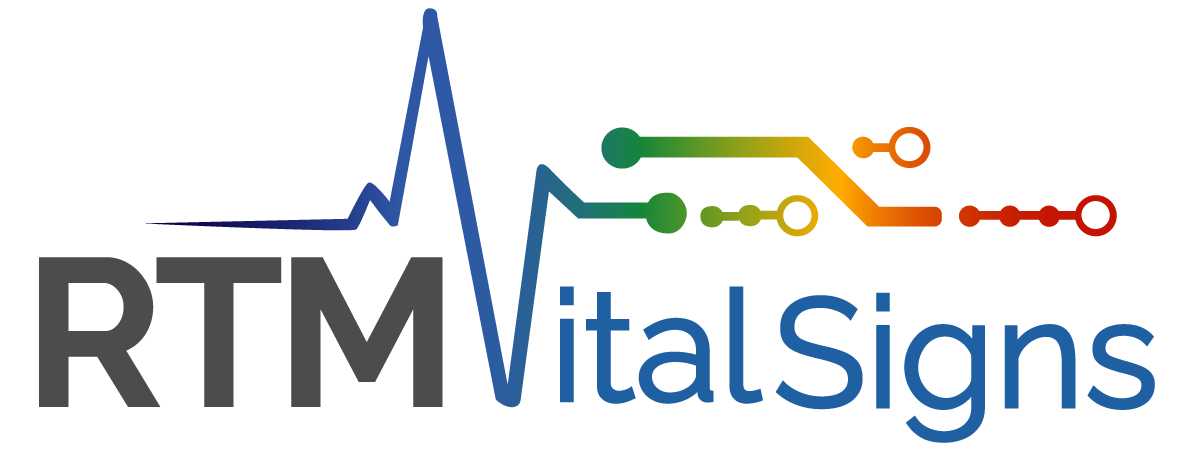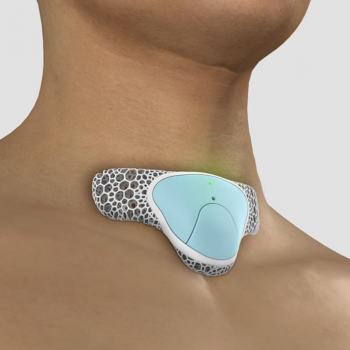
Princeton Medical Review: Continuous Vital-Sign Monitoring: Preventing Opioid-Induced Respiratory Depression
Millions of patients suffer from post-surgical complications each year. If deaths occurring within
30 days of surgical procedures were accounted for by standard mortality statistics, they would
rank as the third leading cause of death worldwide (Glasbey et al., 2024).
A marked portion of these deaths are linked to opioid-induced respiratory depression (OIRD) (Lee et al., 2015). Opioid drugs are commonly used in general anesthesia to control the body’s stress to surgical
pain and stress. However, they can inhibit the brain’s signal to breathe by binding mu-opioid
receptors in the brainstem’s respiratory center, ultimately causing reductions in the rate and
depth of breathing that could result in fatal respiratory failure (Ramirez et al., 2021).
The 2020 PRODIGY study, a large prospective observational trial of over 1,300 hospitalized
patients receiving opioid treatment across 16 sites in the U.S., Europe, and Asia, used
continuous respiratory monitoring, rather than standard intermittent checks after surgery
(Khanna et. al 2020).

